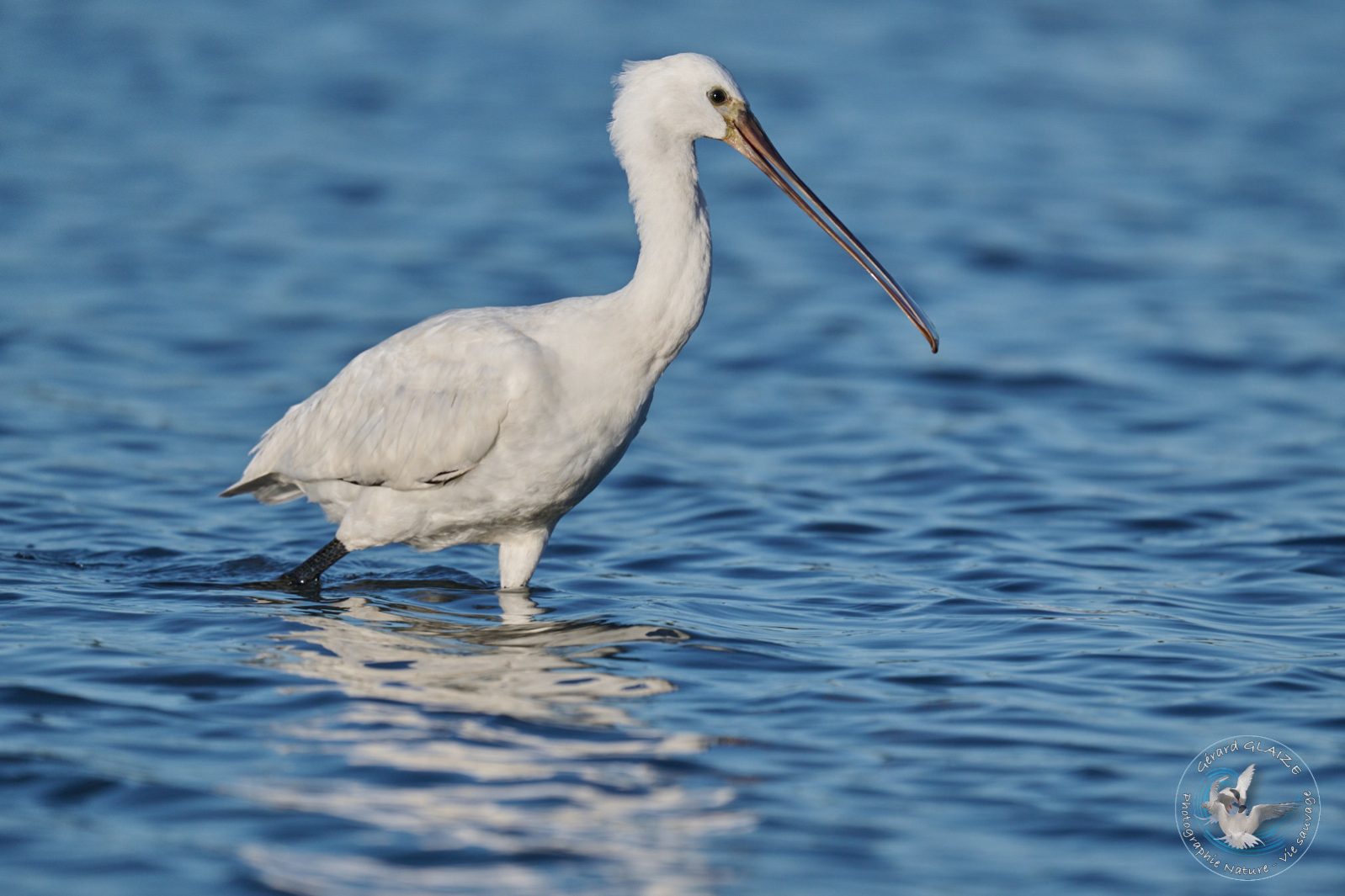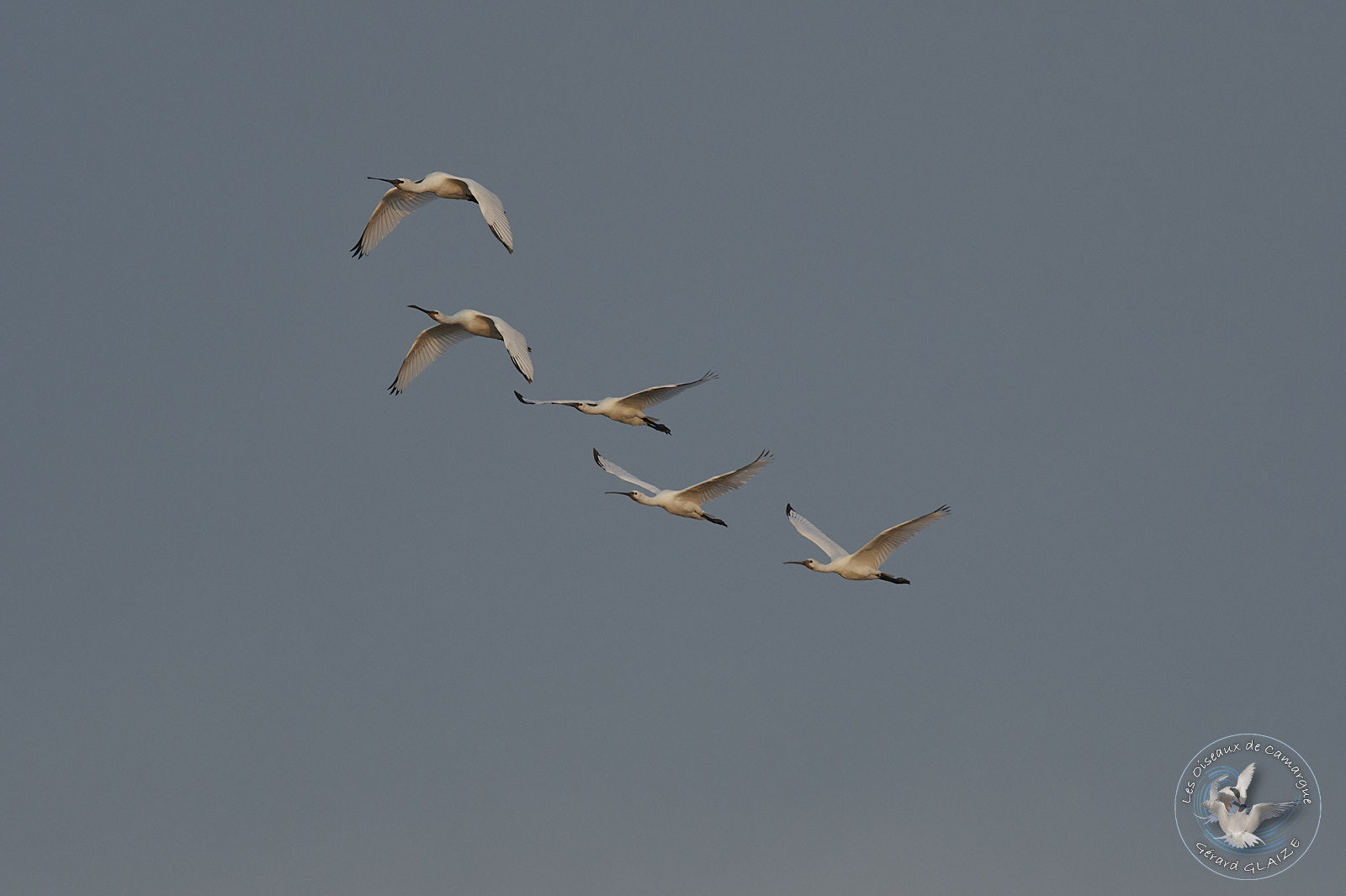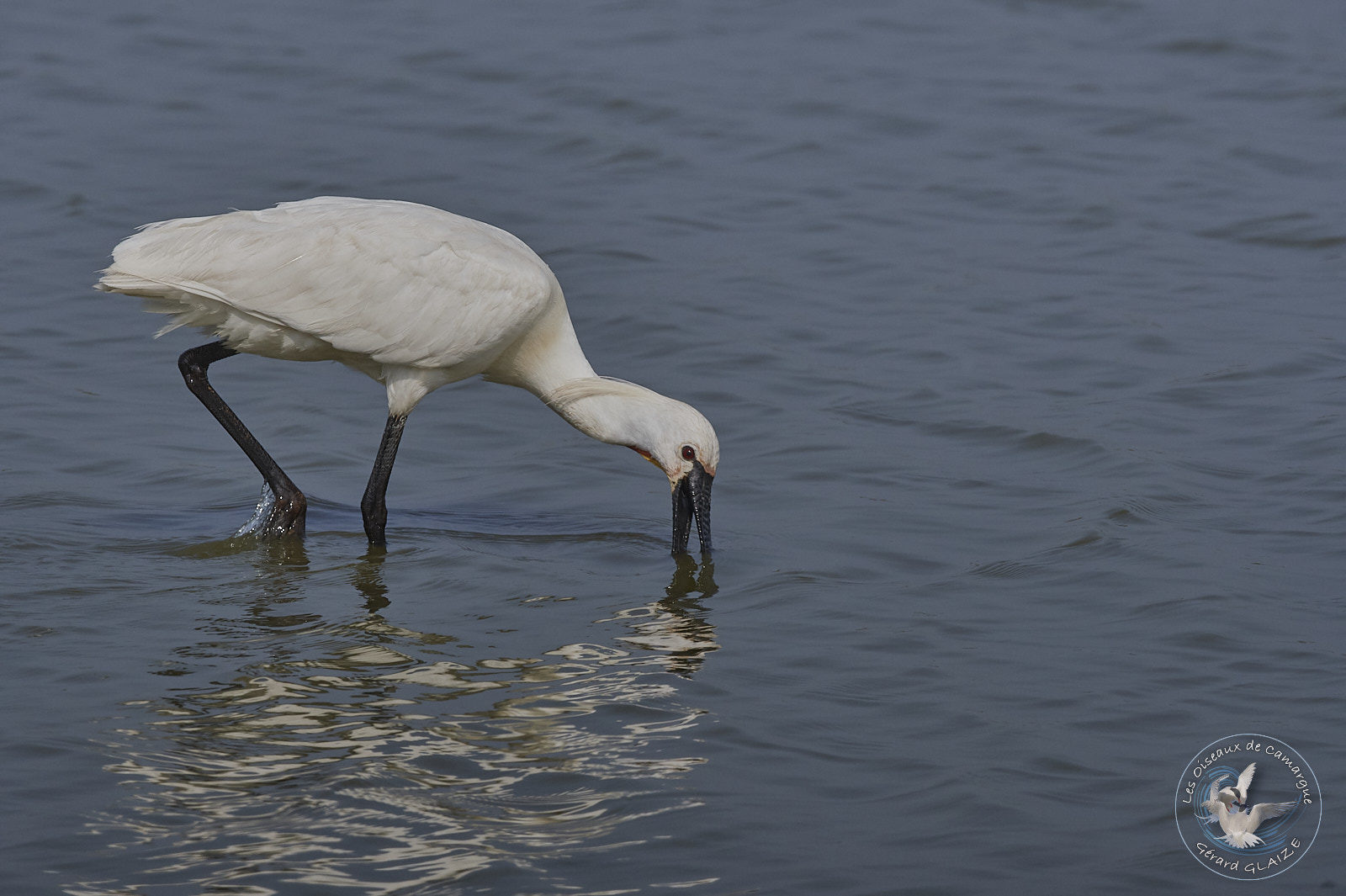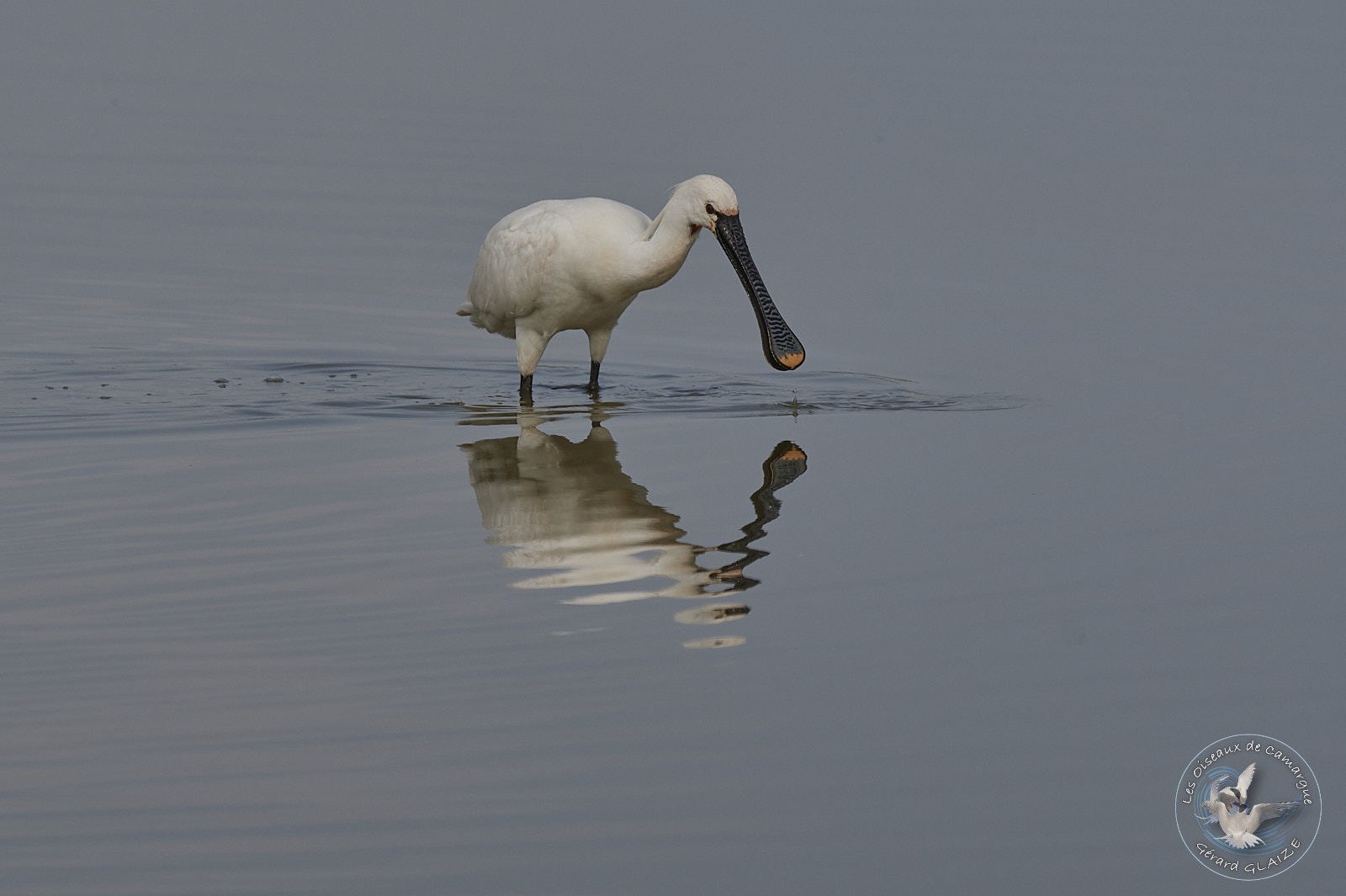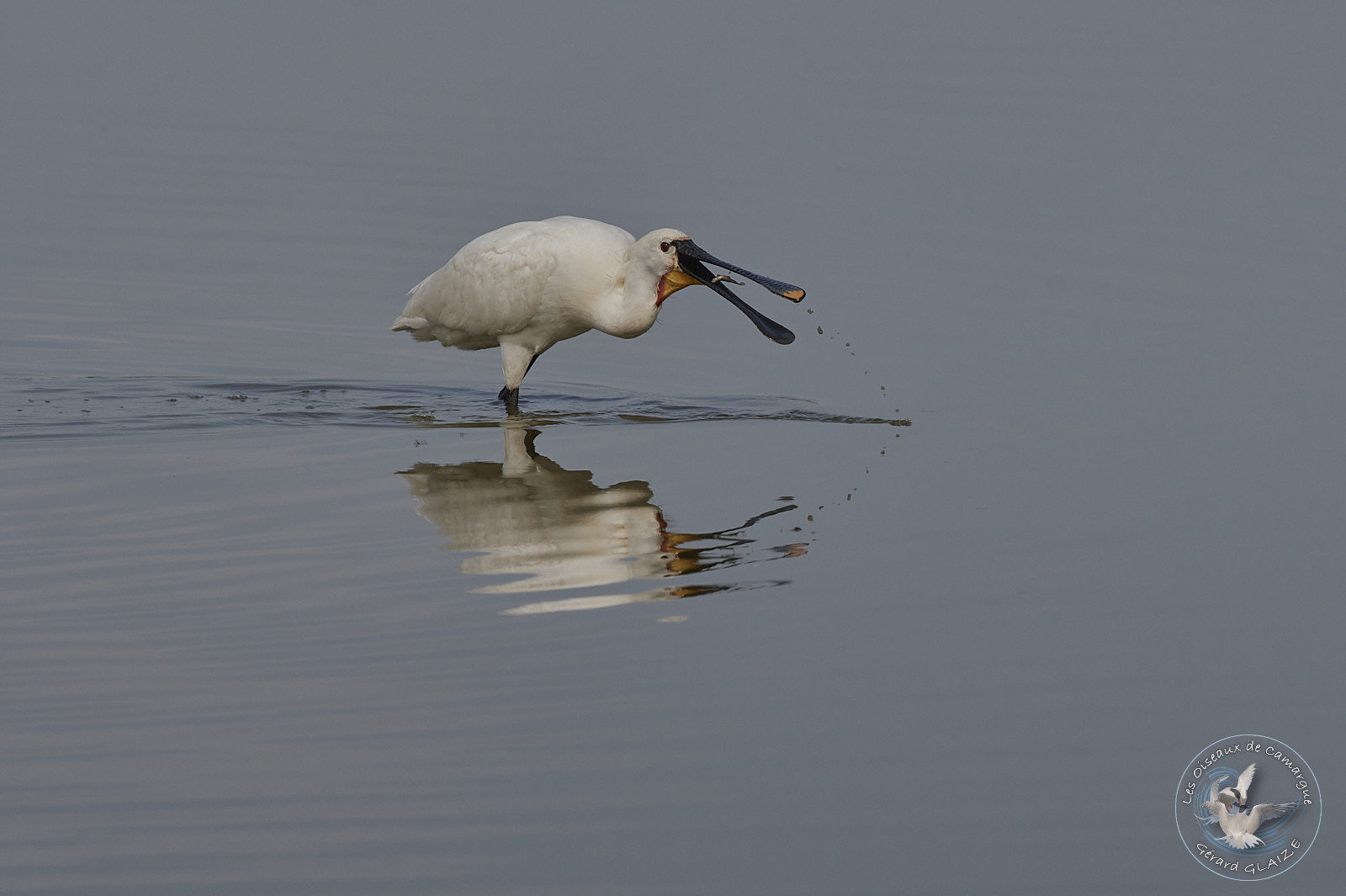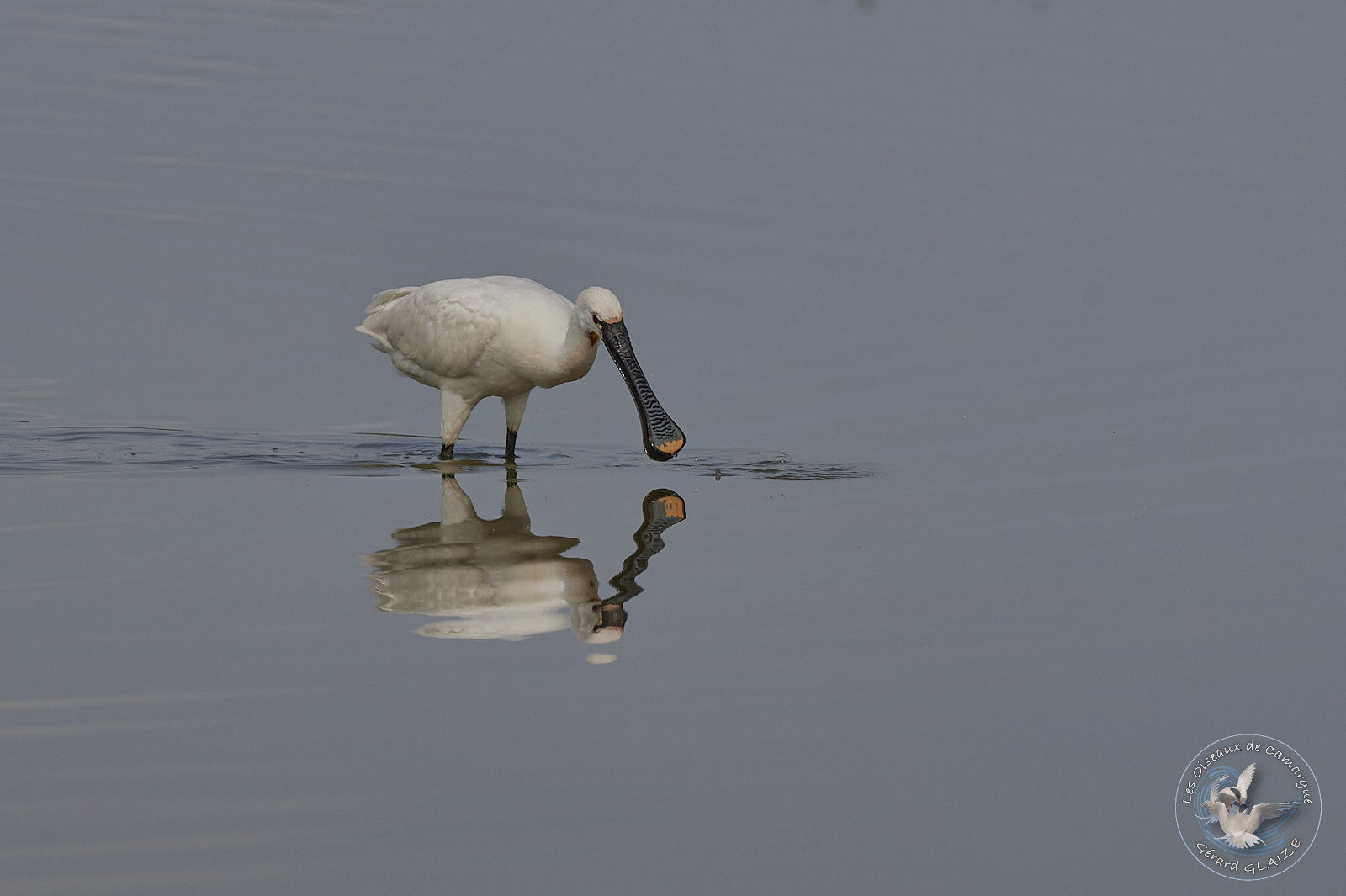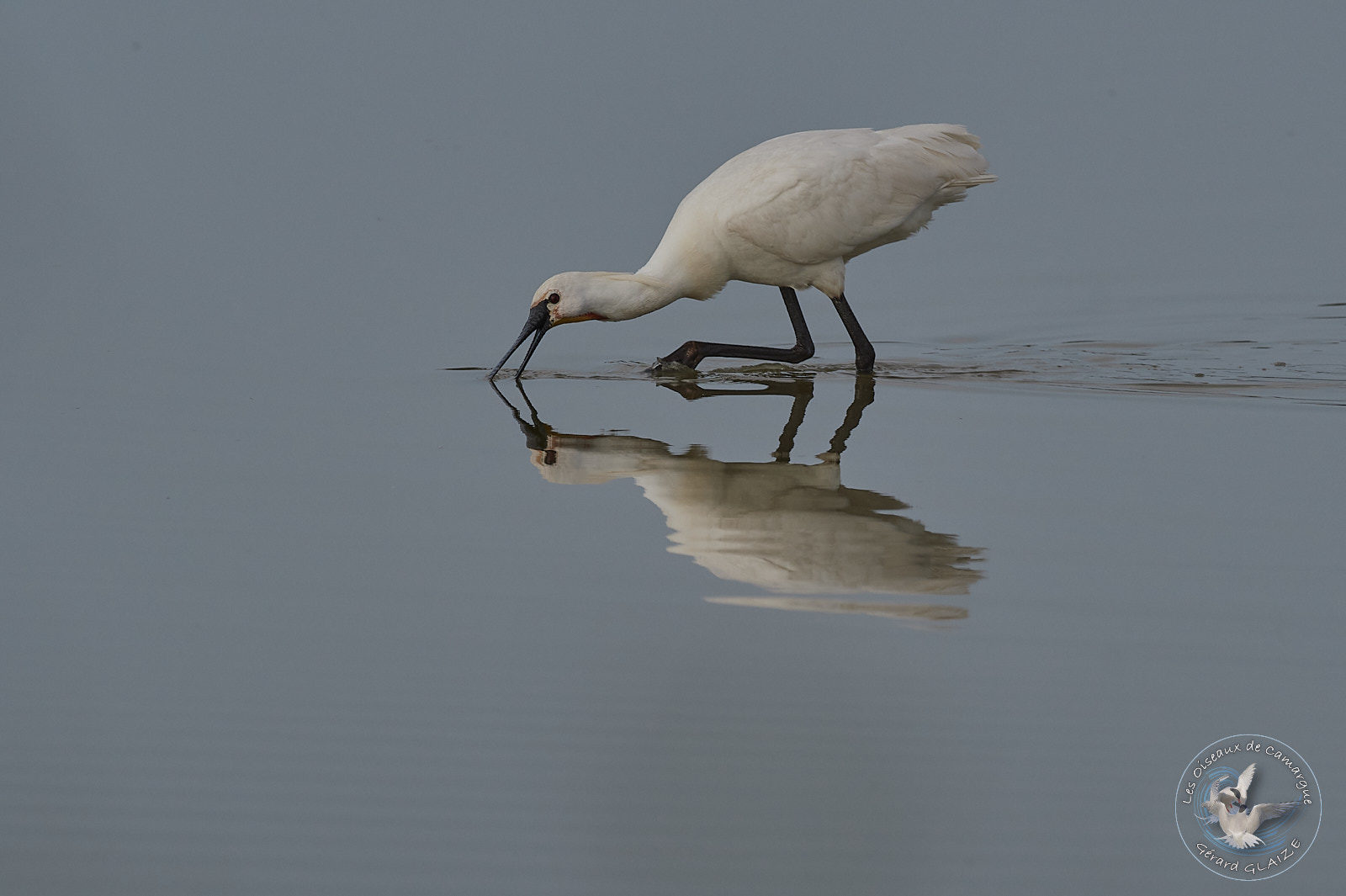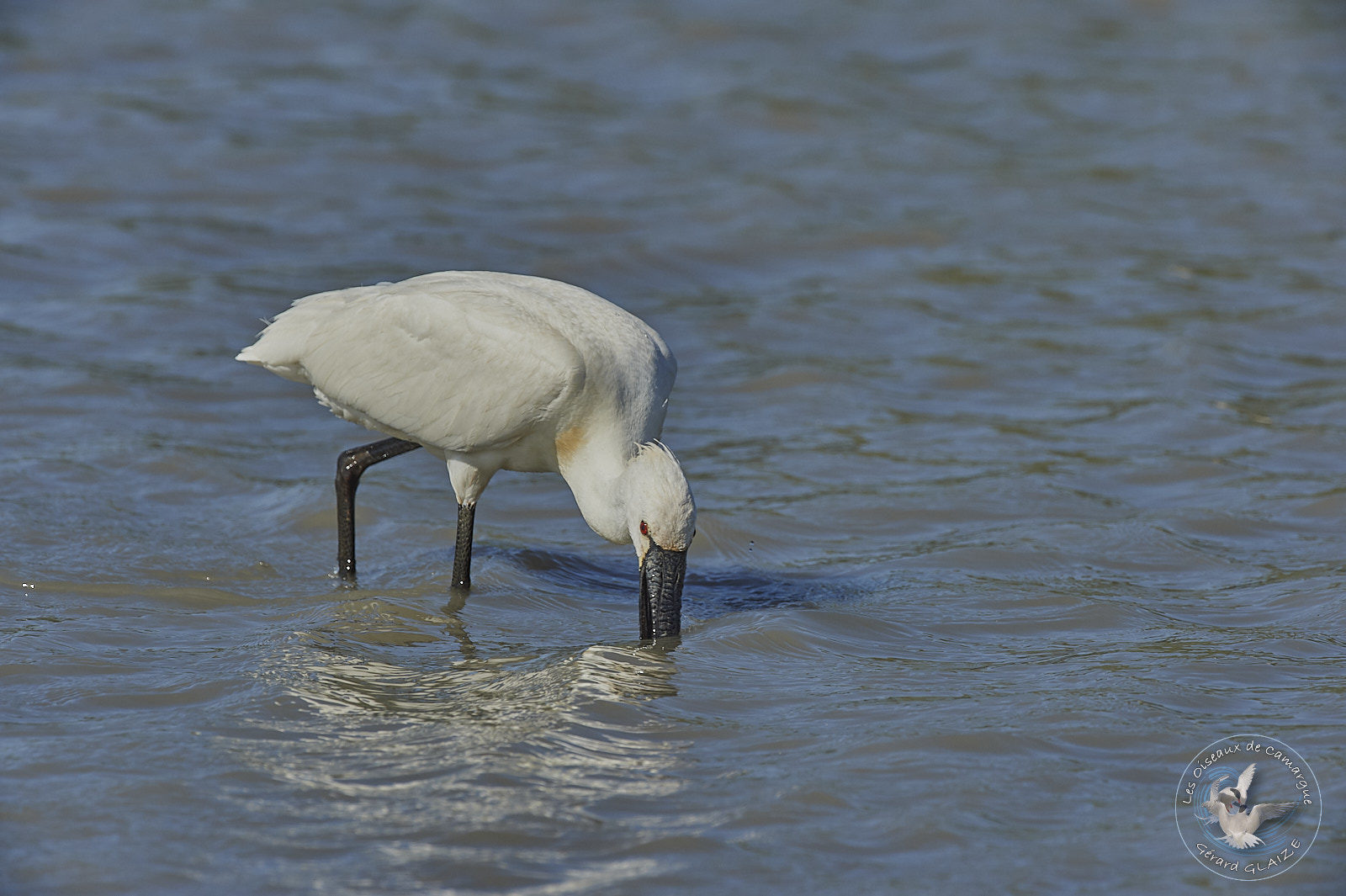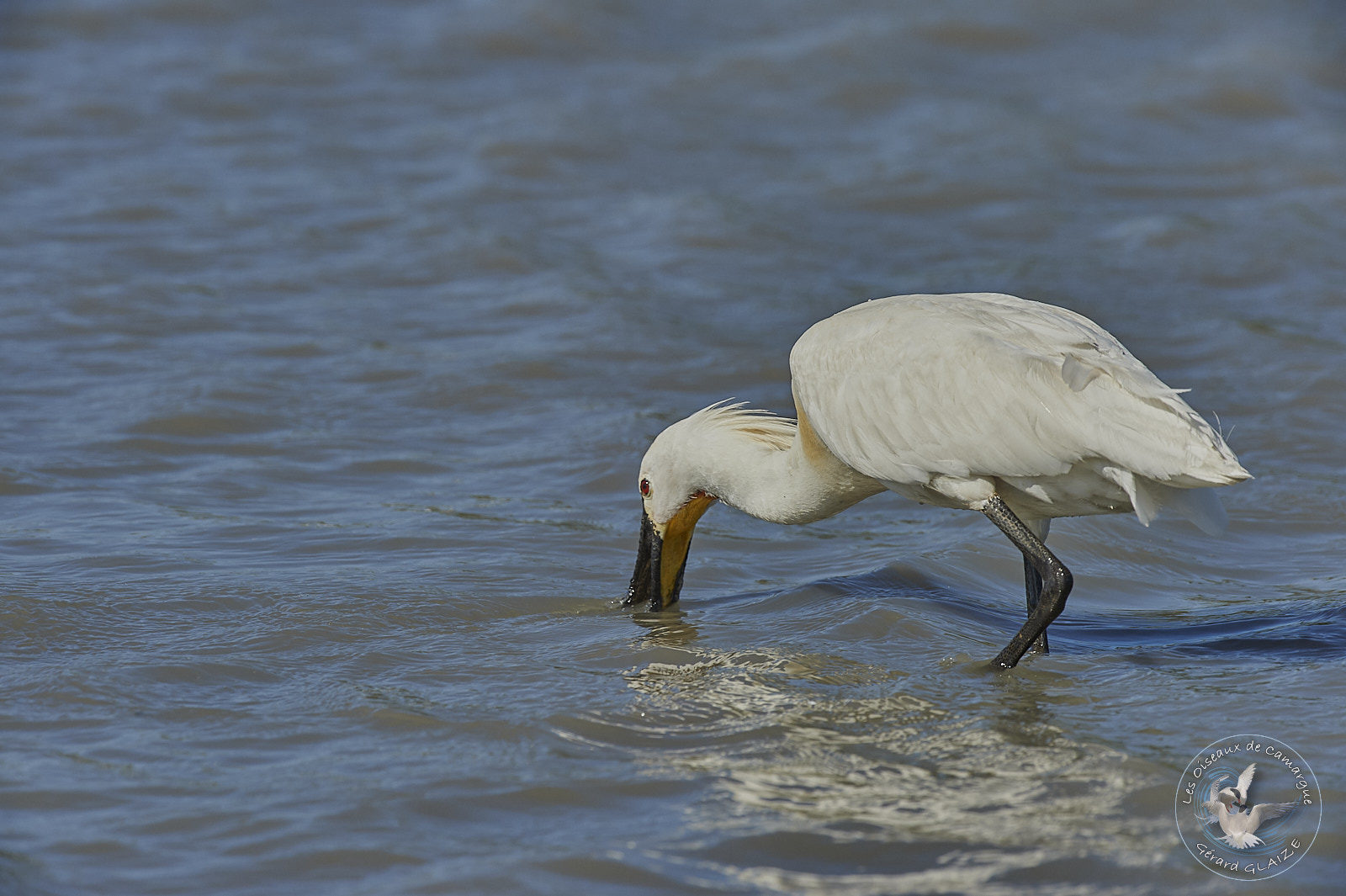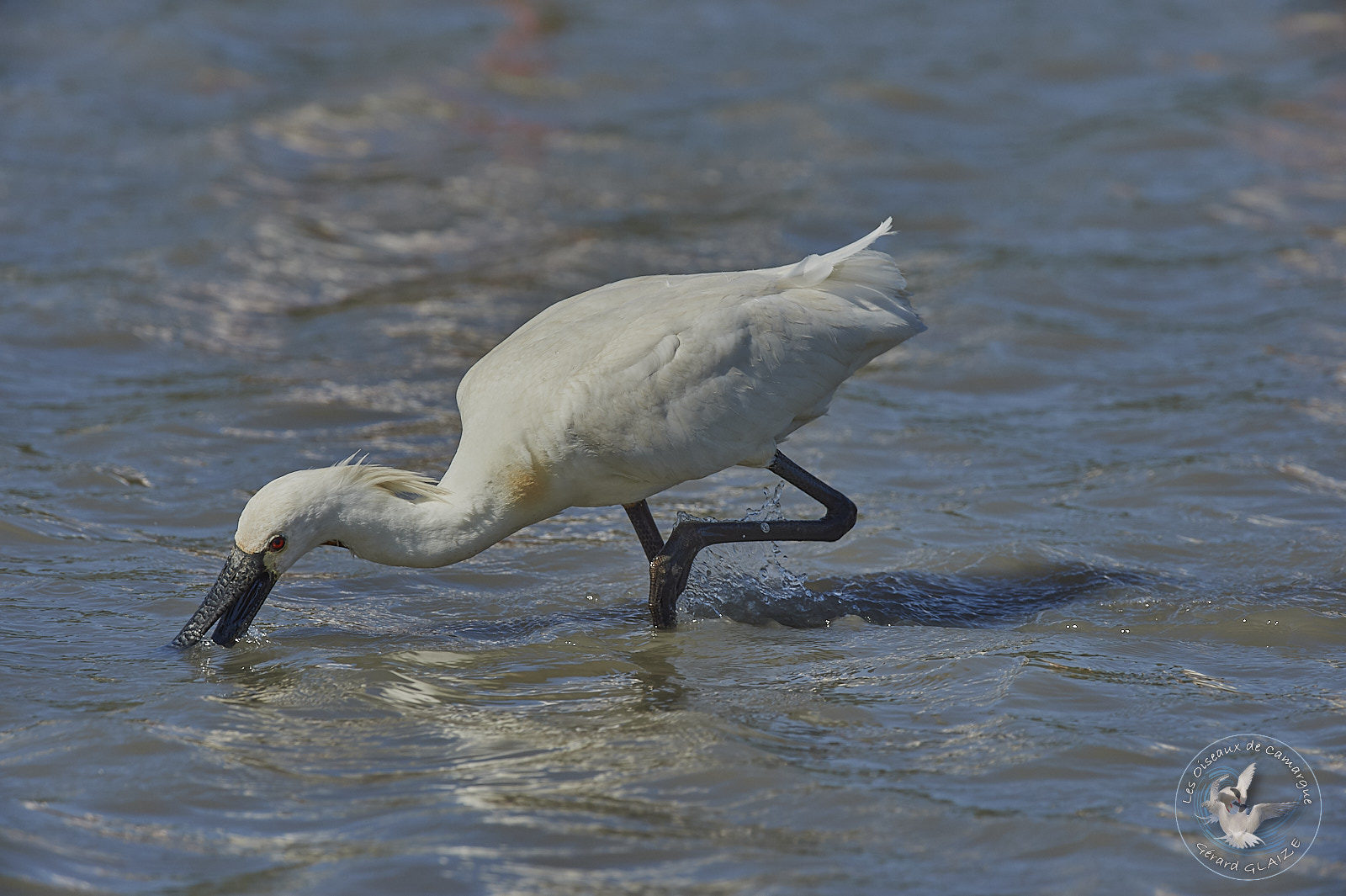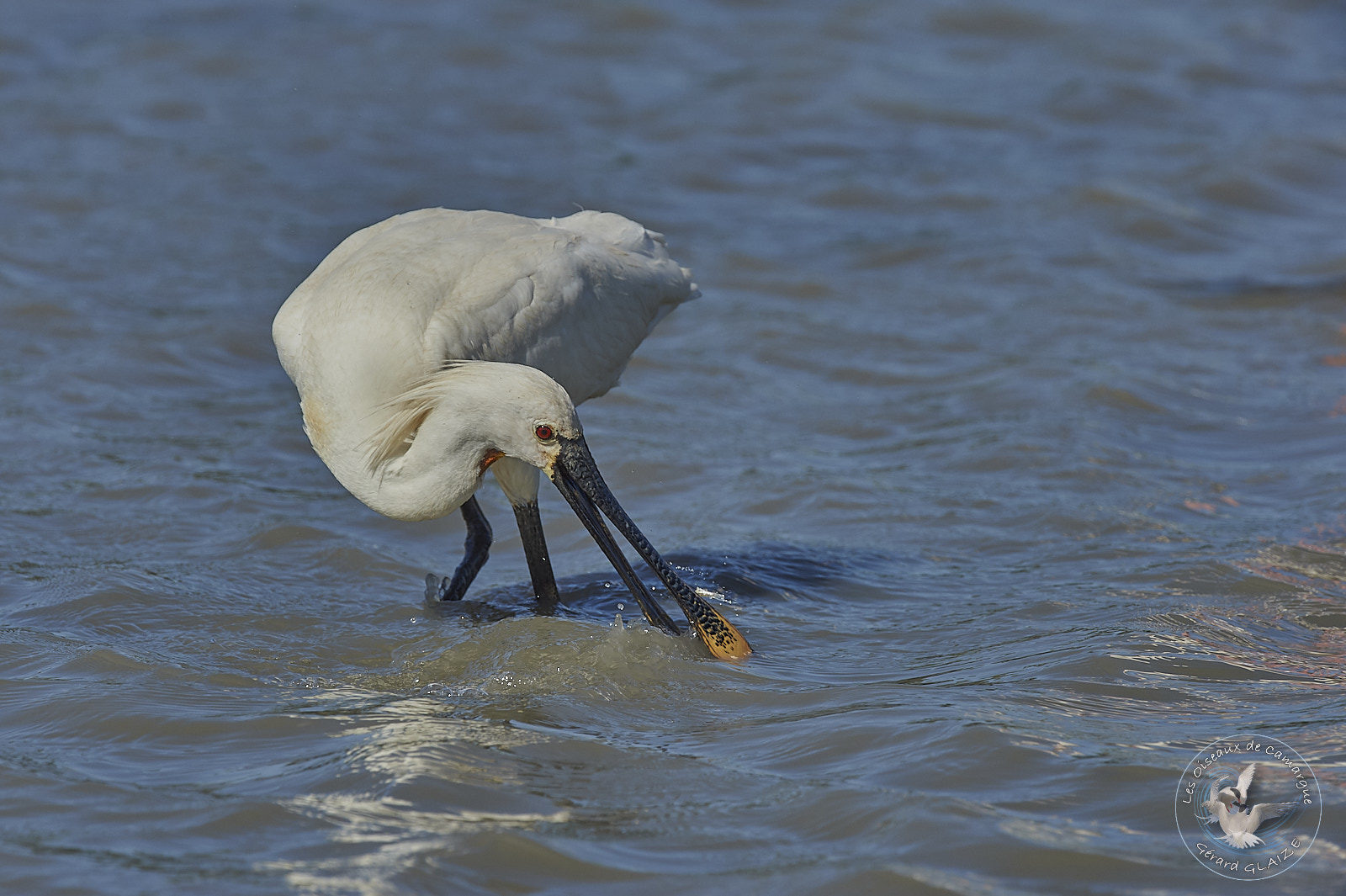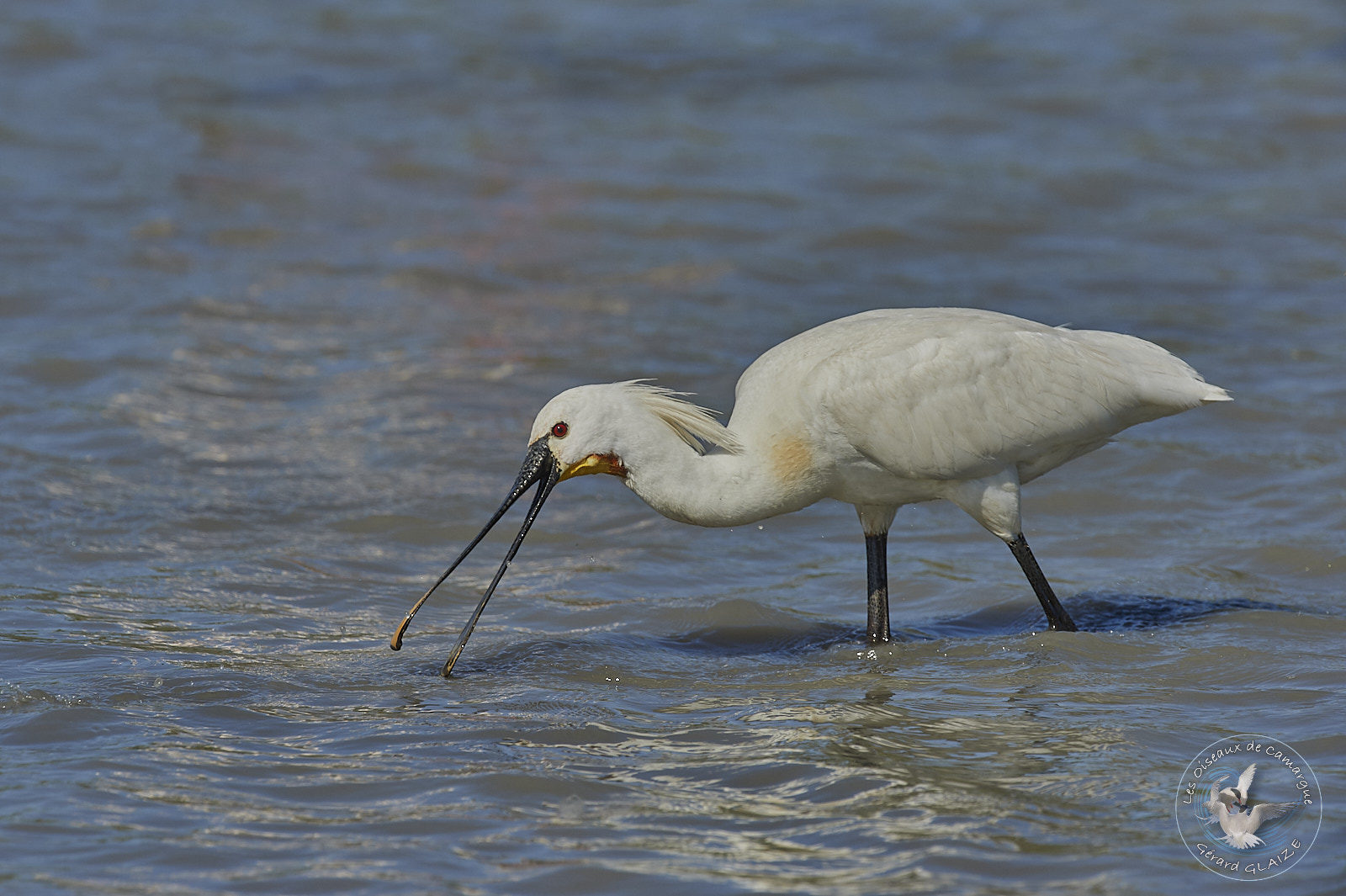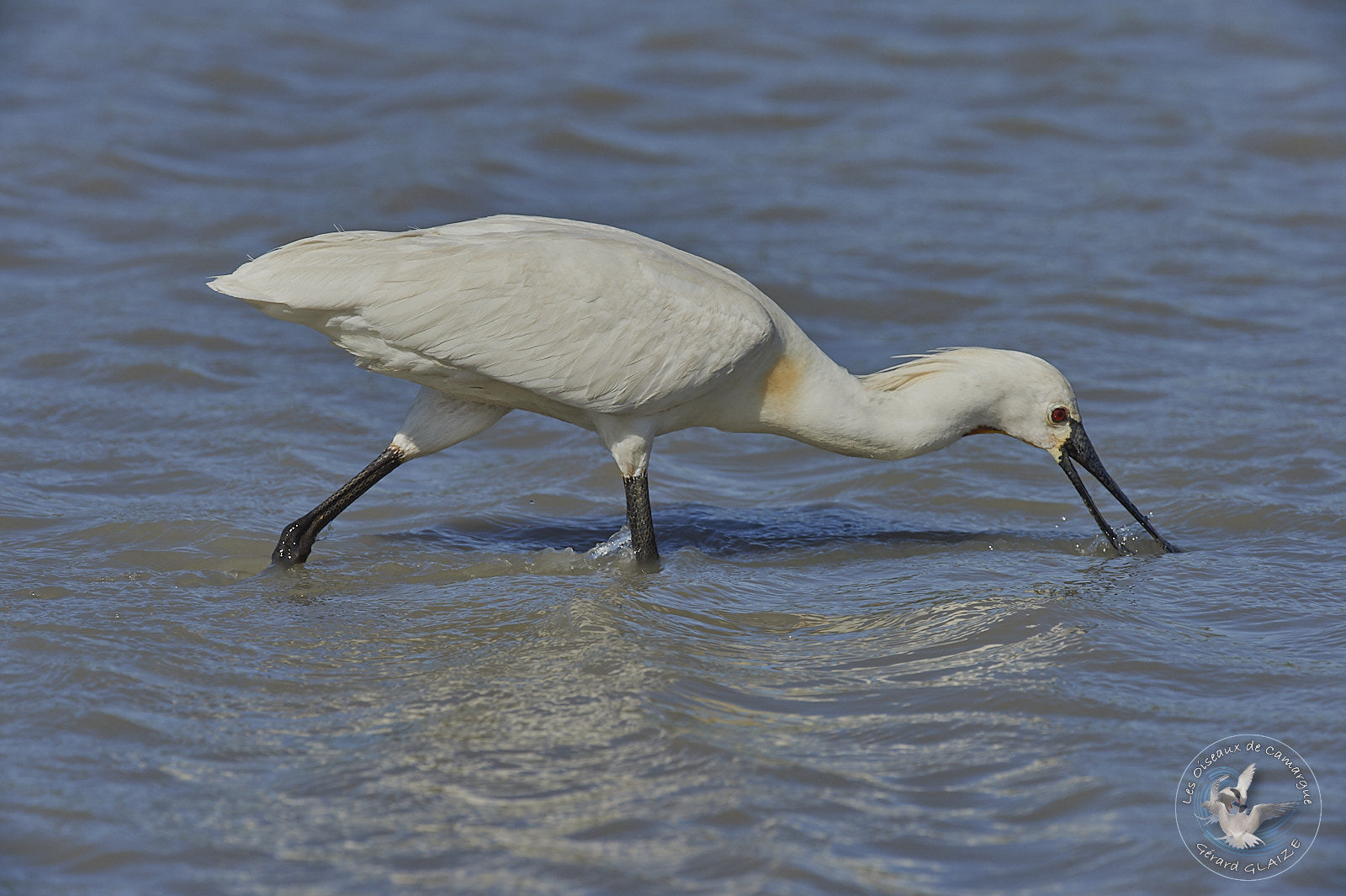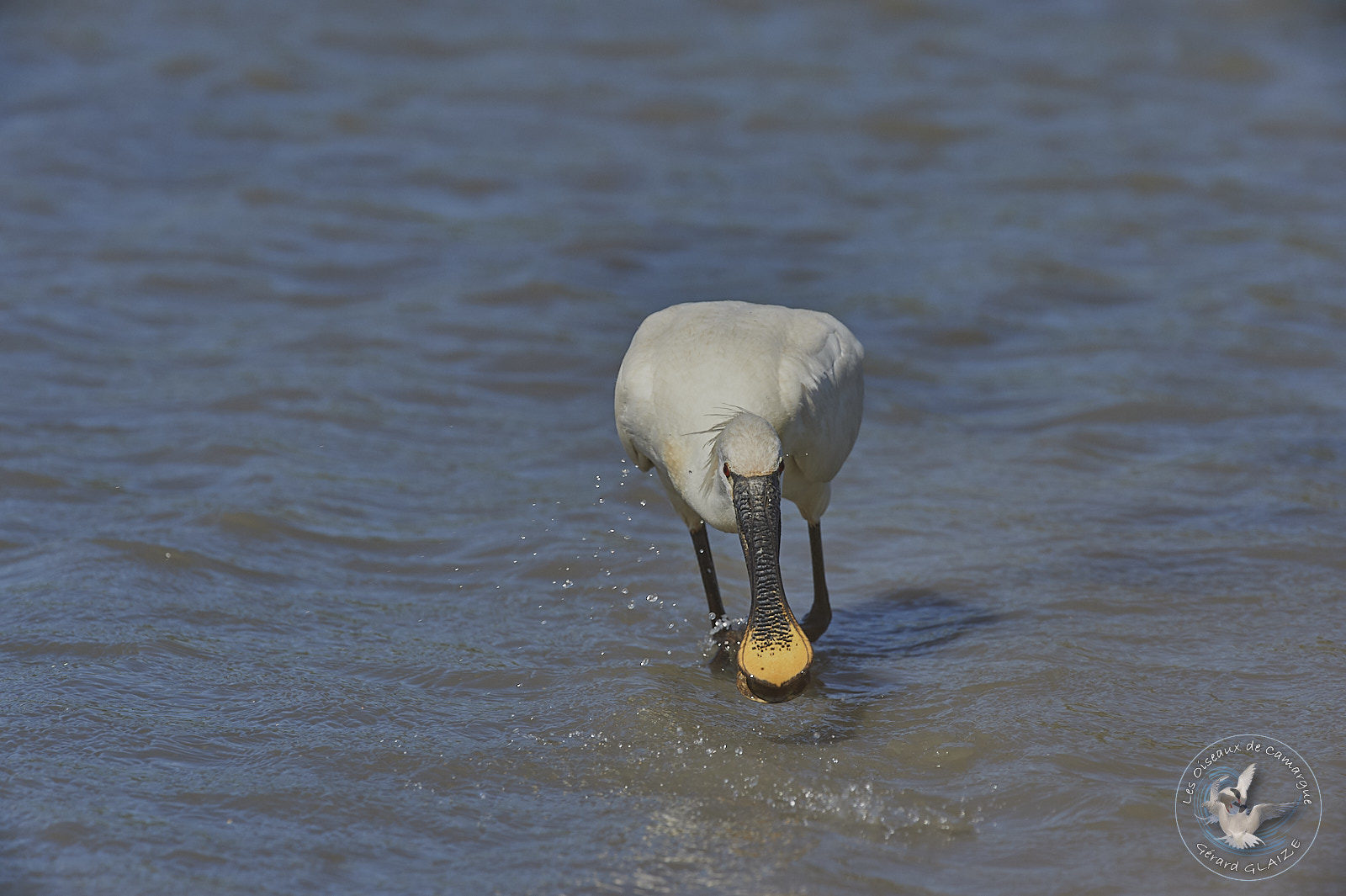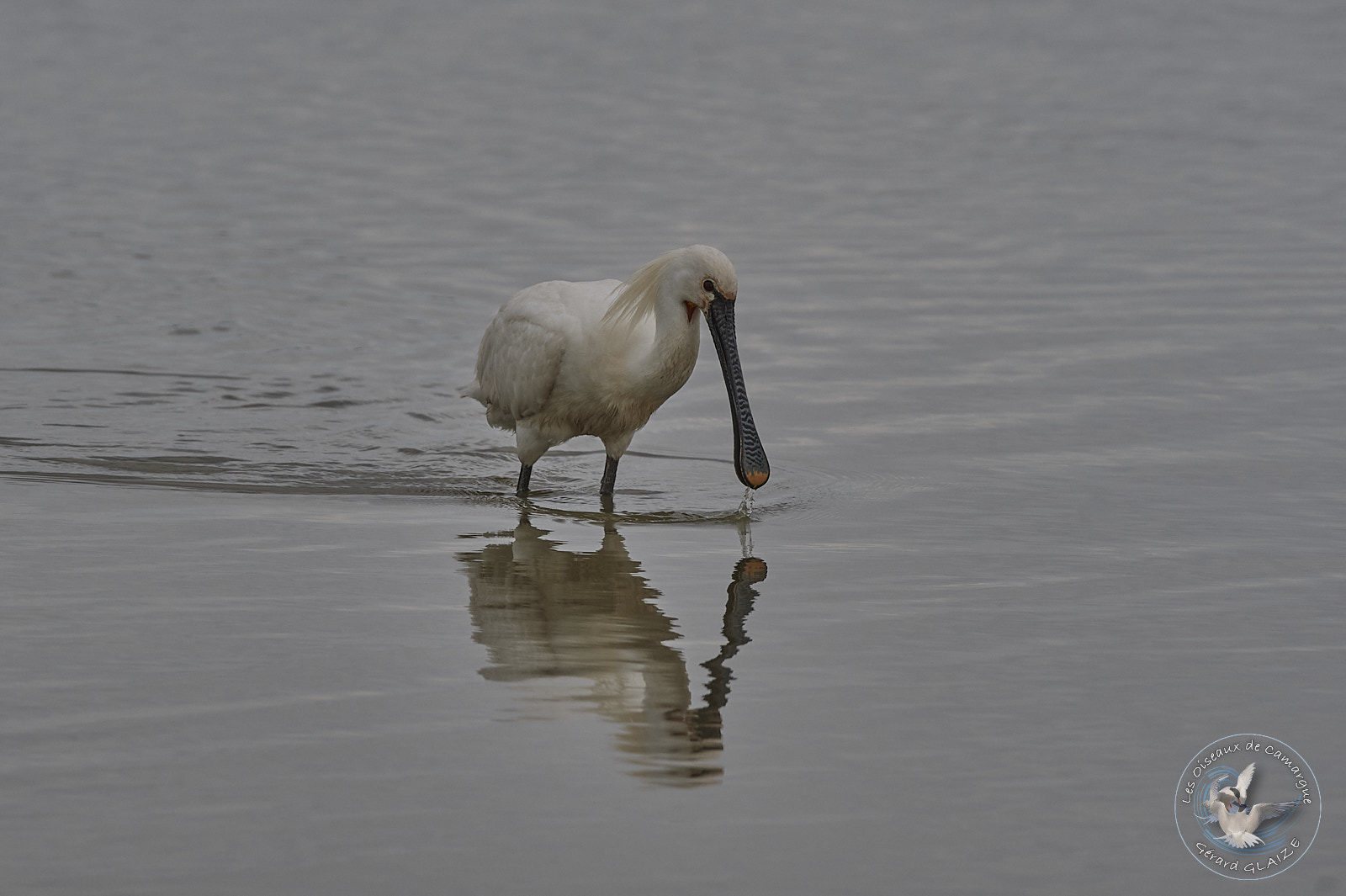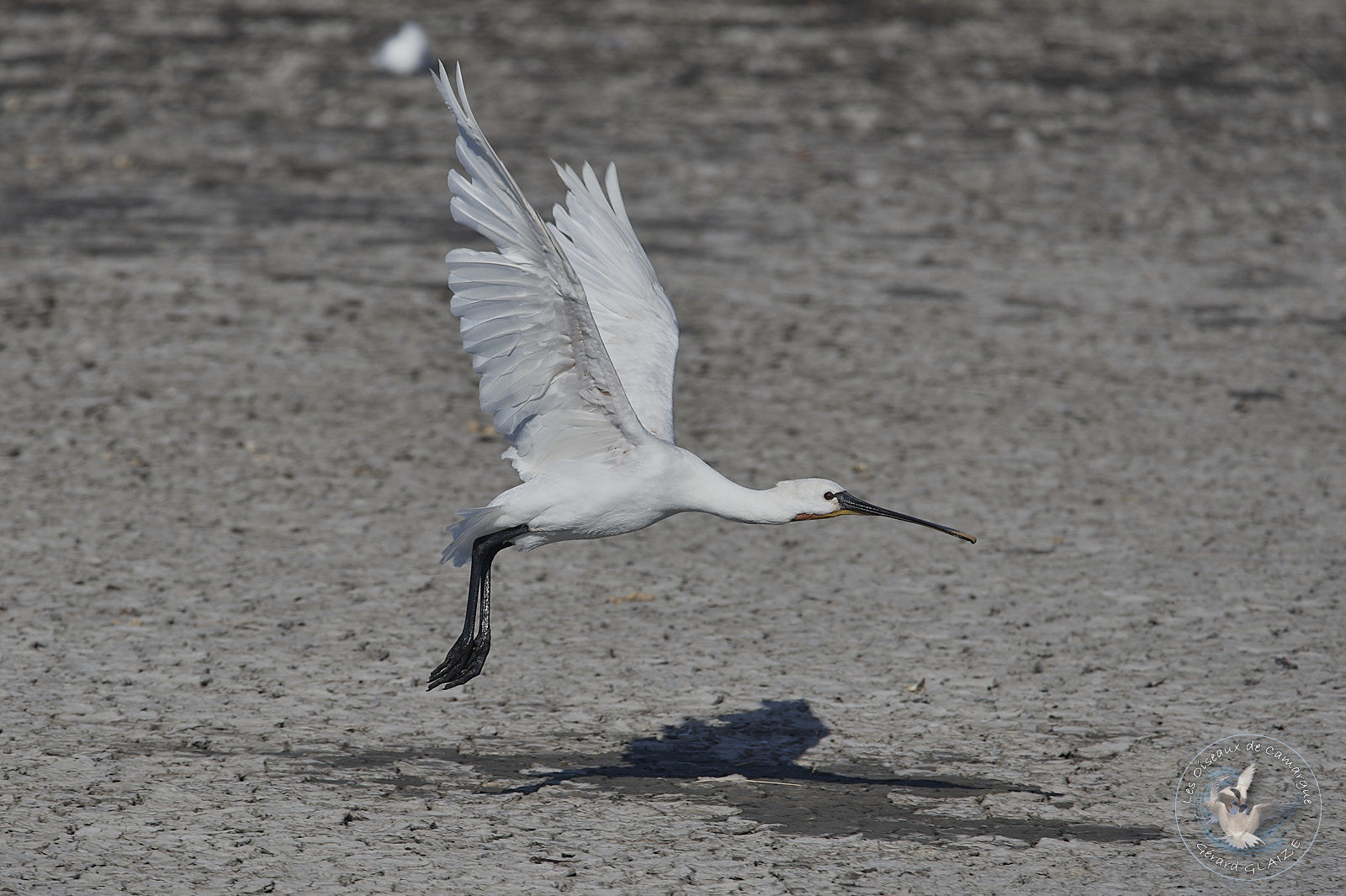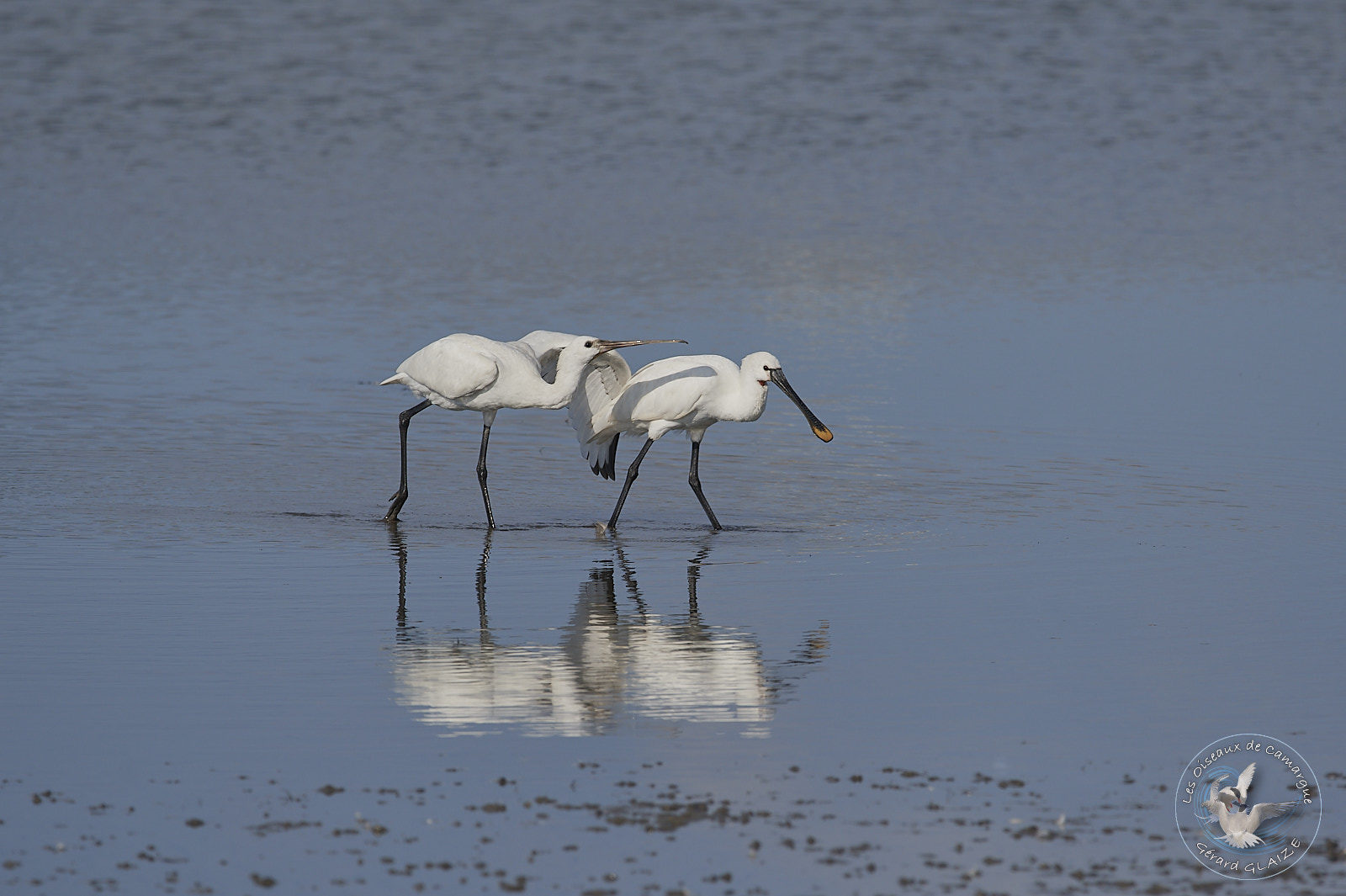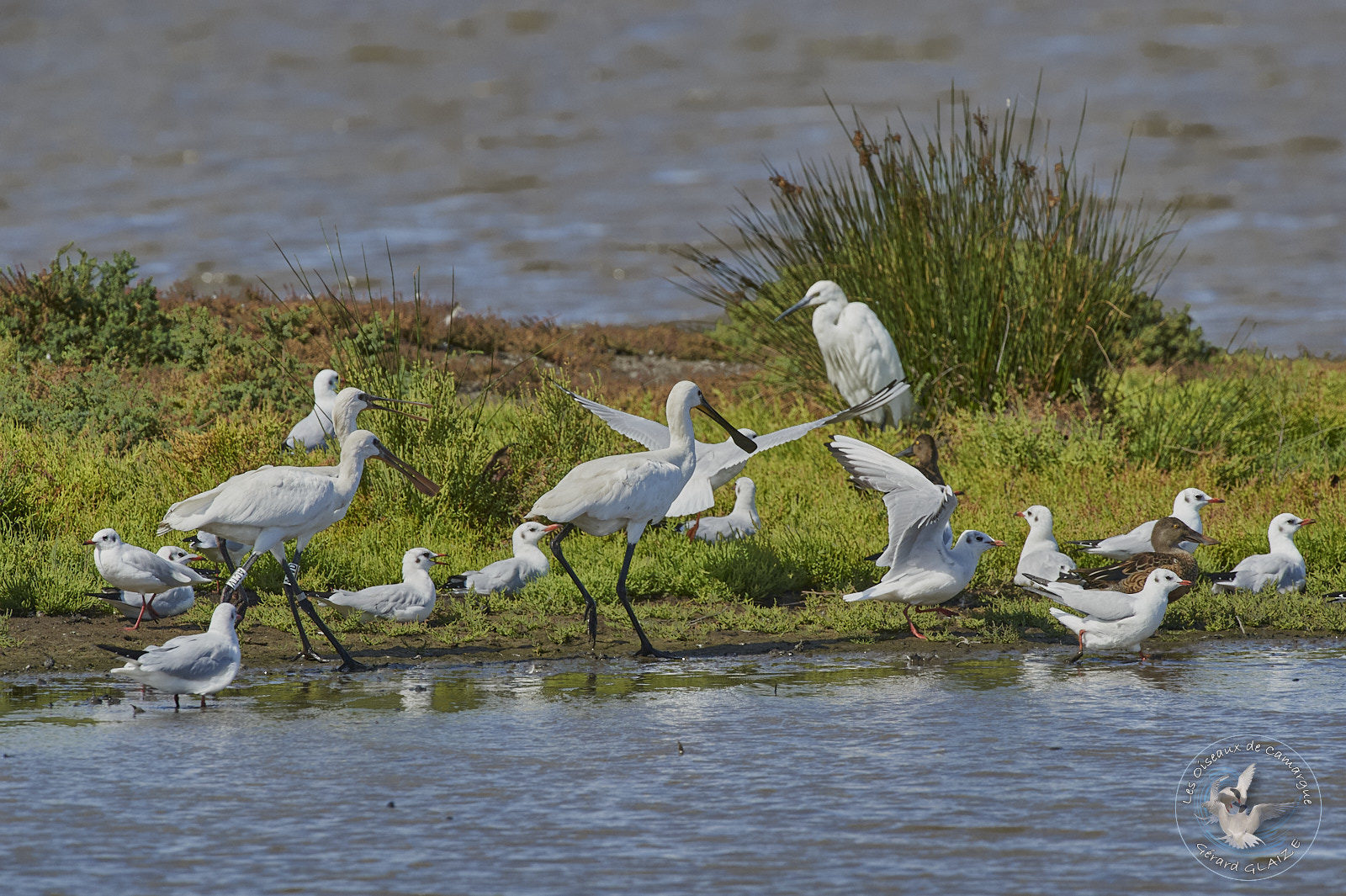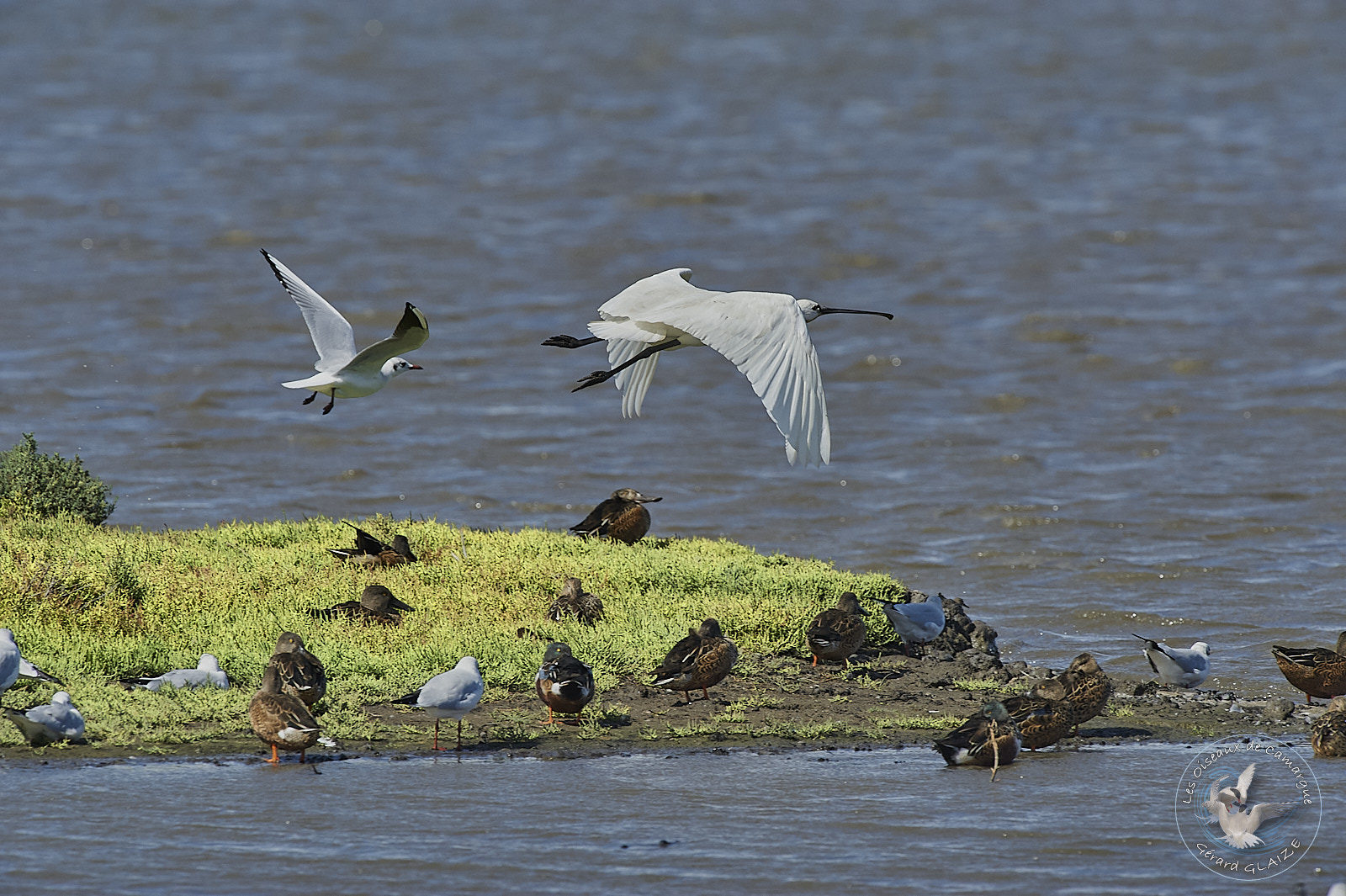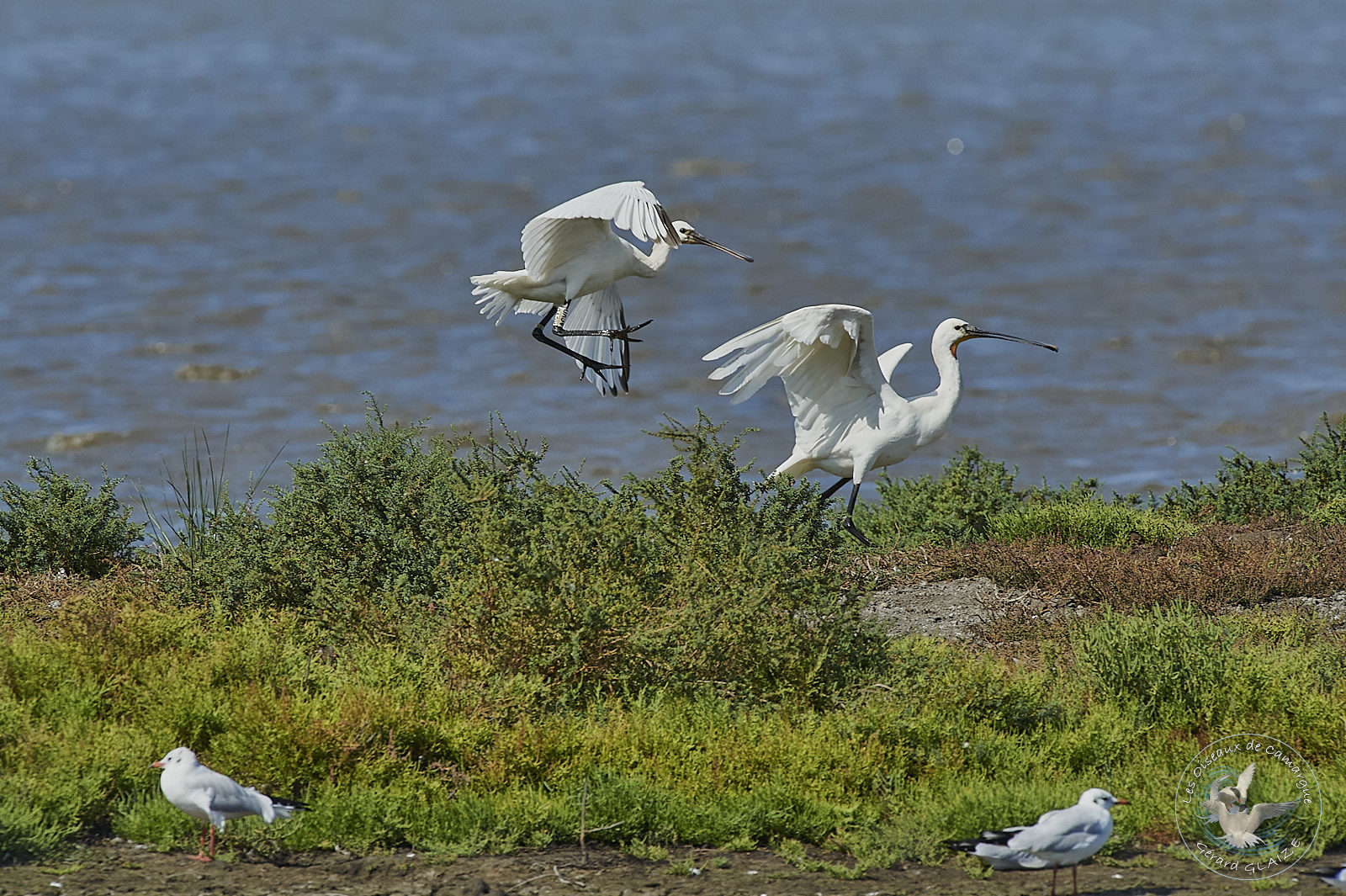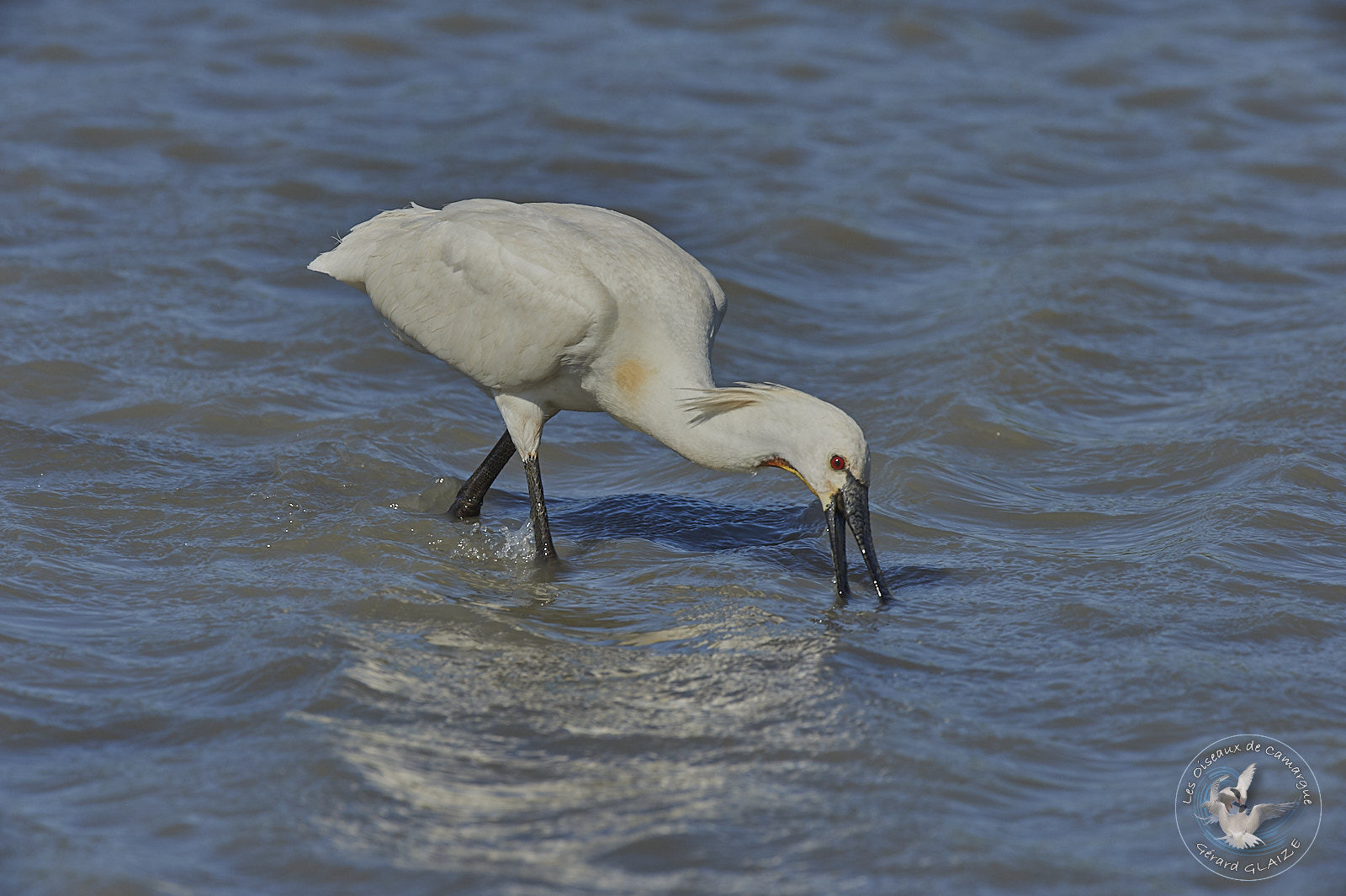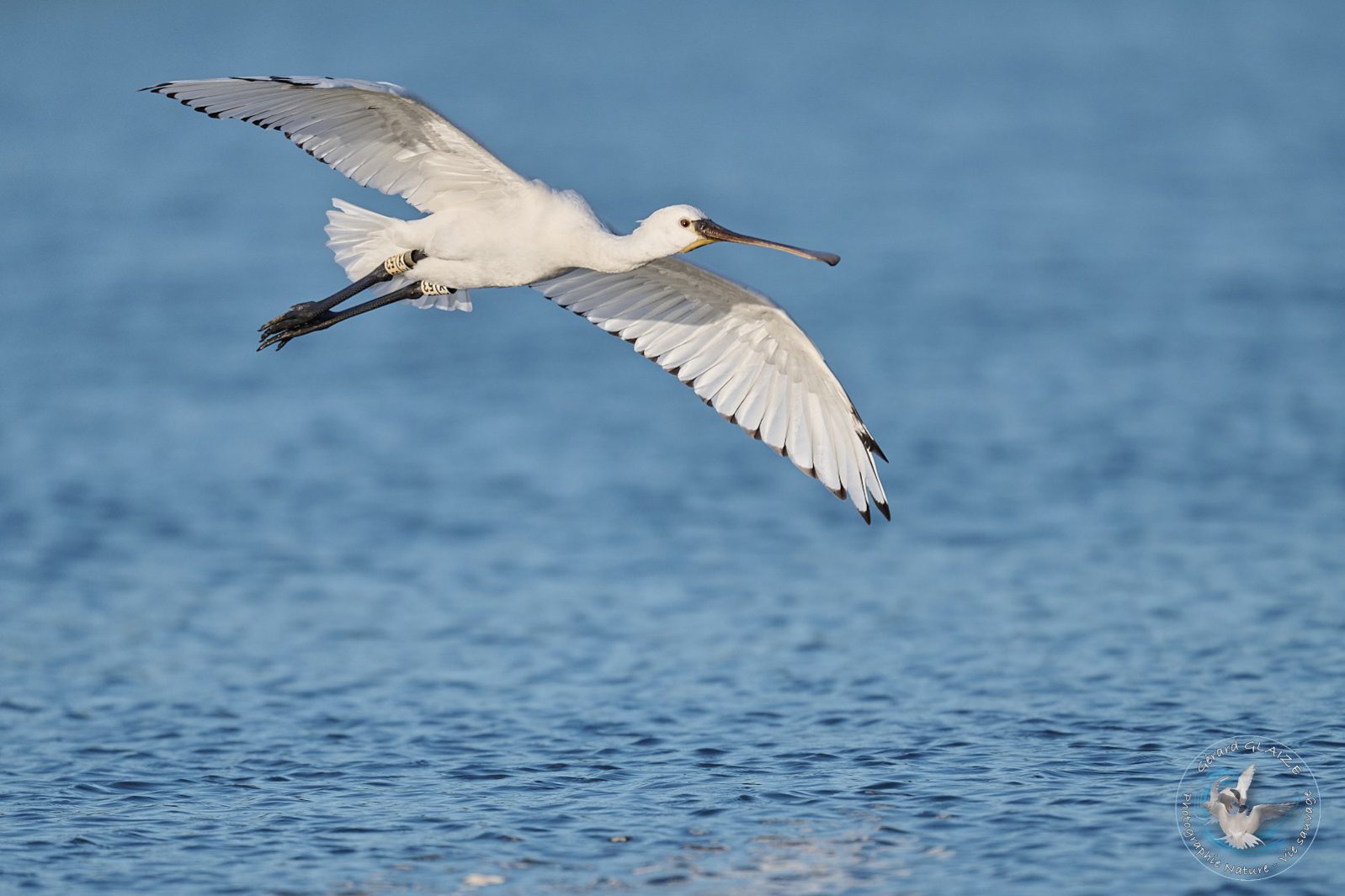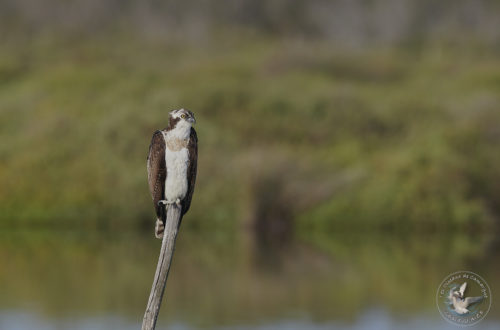Eurasian Spoonbill
This large heron-like bird with an elegant drooping crest, with white plumage is recognizable by its long and wide beak, curiously wrinkled and spatulate at the end. This long spatula-shaped beak allows it to stir up mud and swallow plankton.
The breeding adult sports an orange-tinged crest on the nape and a similarly colored collar at the base of the neck. Its beak is black with yellow tip. Legs and feet are black.
Eurasian Spoonbill
Scientific name : Platalea leucorodia
Family : Threskiornithidae
Length: from 70 cm to 95 cm – Wingspan: from 115 cm to 135 cm
Weight : from 1.200 gr to 1.800 gr
IUCN Conservation Status: LC
Flight
Eurasian Spoonbill flies with its neck extended, like Flamingos and storks. The flight is ensured by rapid beats of the rigid wings and is interspersed with glides.
Habitat
Eurasian Spoonbill inhabits large coastal and inland wetlands. It requires large expanses of shallow open aquatic environments to feed. To nest, it needs trees or shrubs because its colonial nesting is most often arboreal, even if sometimes it resolves to nest in reed beds.
It is uncommon outside the Channel and Atlantic coasts. However, it can be seen in the south of France, in the Camargue in particular.
Regime – Diet
The Spoonbill often forages in small groups, walking through the water close together, making fishing more efficient. Its spatulate beak allows it to catch small crustaceans, sticklebacks and mosquito fish, by filtering the water. This beak also allows it to stir up mud and swallow plankton.
Nesting
It nests in colonies in reeds, sometimes in trees or shrubs. From March, Eurasian Spoonbills return to their nesting site. After the parades (mutual grooming, erect crest) the couple builds a nest made of twigs and algae in a tree or in the reeds. From 3 to 5 eggs are laid between April and July. They are incubated in 24 to 26 days by both partners. The little chicks are altricial, start to fly at 7 weeks, and are adults at 3 or 4 years old.
Migration
Eurasian Spoonbill is a migratory bird. Populations congregate in colonies in the fall to migrate south to warmer regions and overwinter there. They return in spring to temperate regions to nest there.
Protection
This species is on the red list from the point of view of its conservation in France. The Eurasian Spoonbill therefore benefits from total protection on French territory since the ministerial decree of April 17, 1981 relating to birds protected throughout the territory. This species is also protected by the Washington Convention (appendix 2).
Cry
Eurasian Spoonbill is most often silent like its cousins the storks. At most, we note a few growls in the breeding colonies.
Other Links
- You can see the article from my site “Birds of Camargue” for more information on the Camargue and the Birds.


